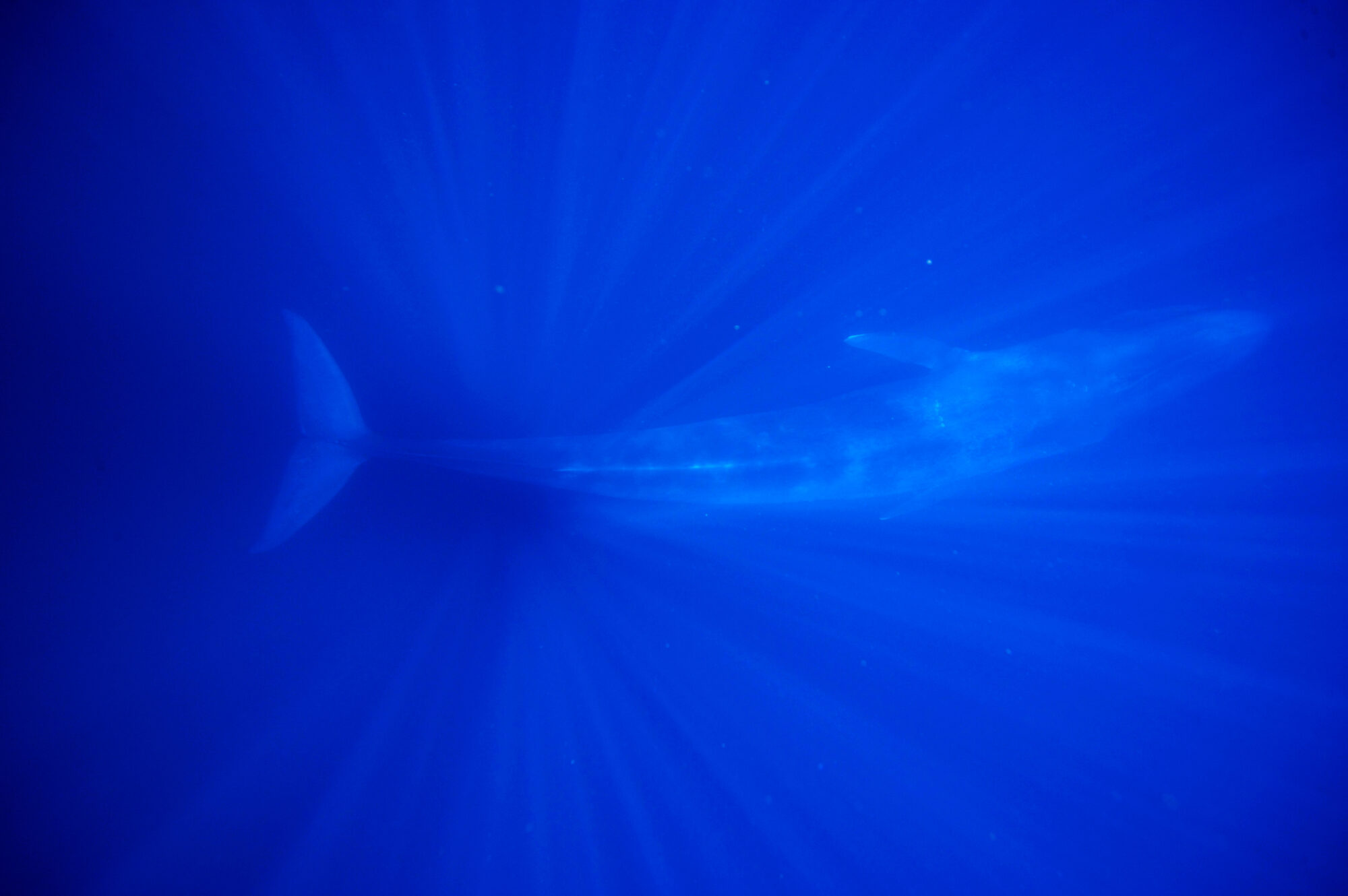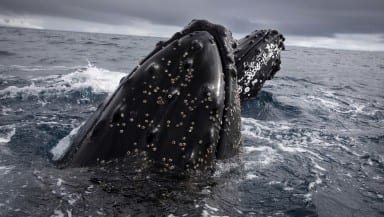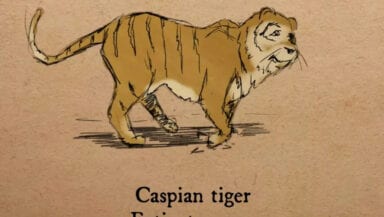When we talk about whales, a lot of the words that come to mind describe how big they are: ‘enormous’, ‘huge’, ‘giant’, ‘largest-ever’, ‘leviathans’. We measure them by double-decker bus, multiples of elephants, and comparisons to dinosaurs.
So it might surprise you to learn that some whales have totally different descriptions – like the ‘pygmy blue whales’ which make the Indian Ocean home.
Pygmy blue whales are a tropical subspecies of blue whale, and though they are only a few metres shorter in length, they are often about half of the overall weight of a blue whale in the Antarctic.
The discovery of many subspecies of whales is relatively recent. So many whales, especially big ones like blue whales, were annihilated by commercial whaling in the 19th and 20th Century, that we are only now understanding the full impacts for local populations, species and the ocean as a whole.
It was only when whaling countries came together to form the International Whaling Commission that we began to understand just how many whales were being hunted, and even then there was disagreement on how species were recorded.




